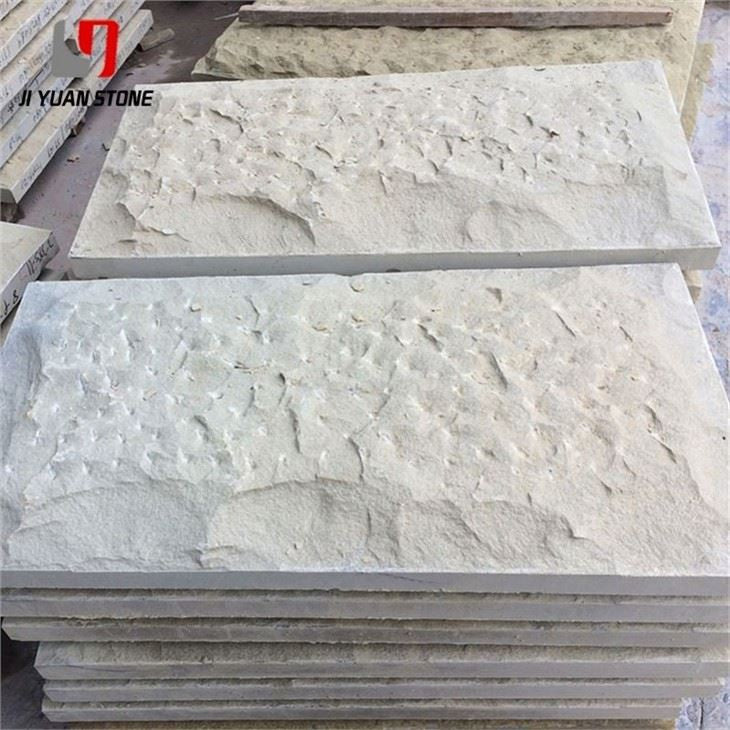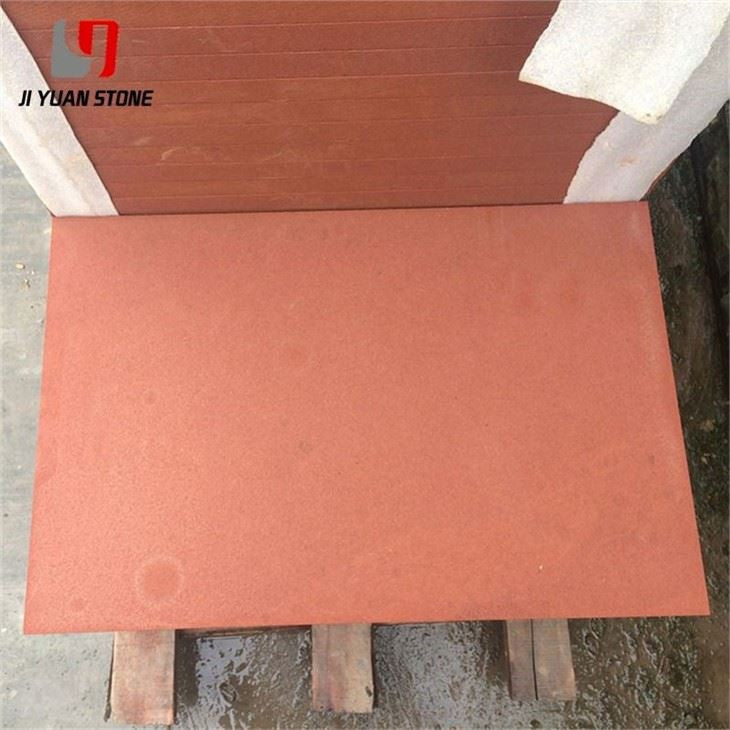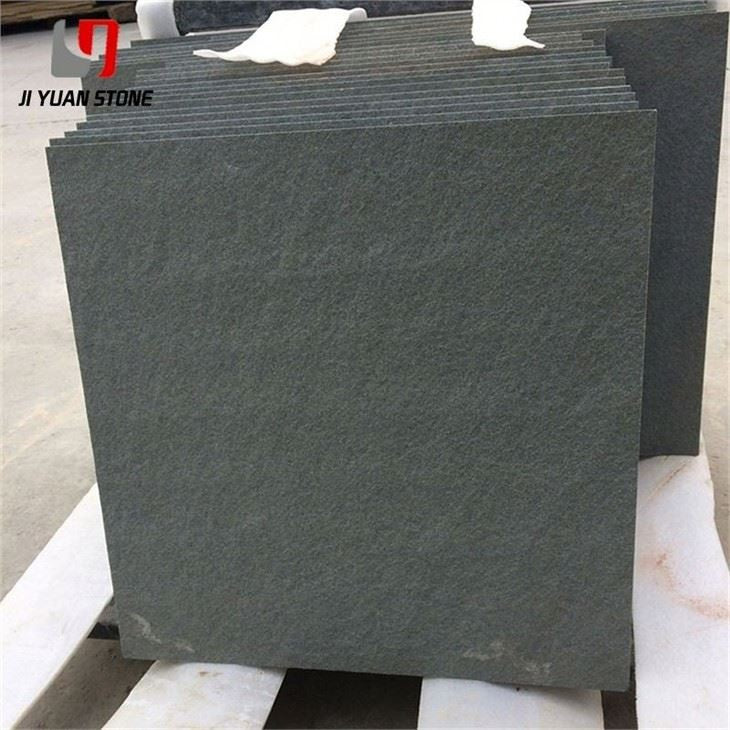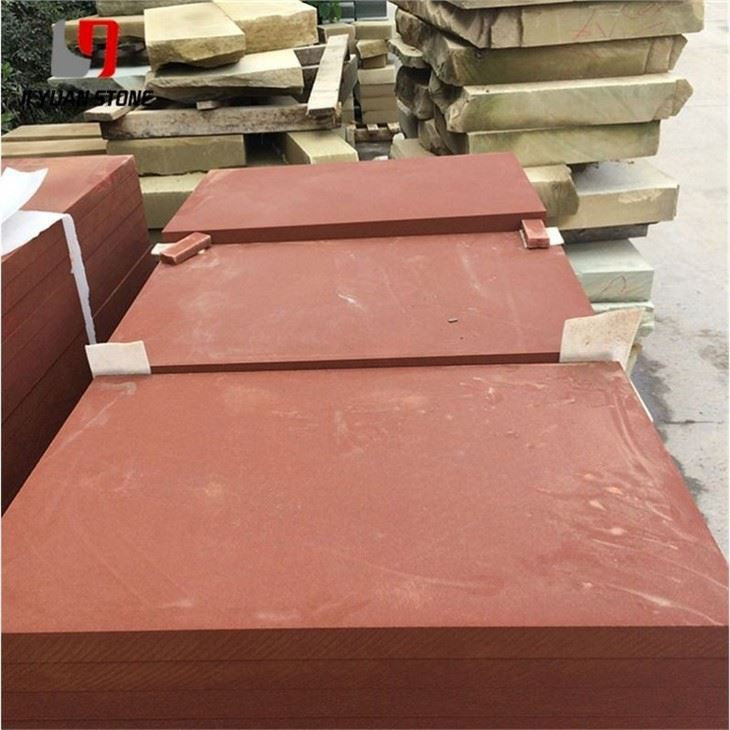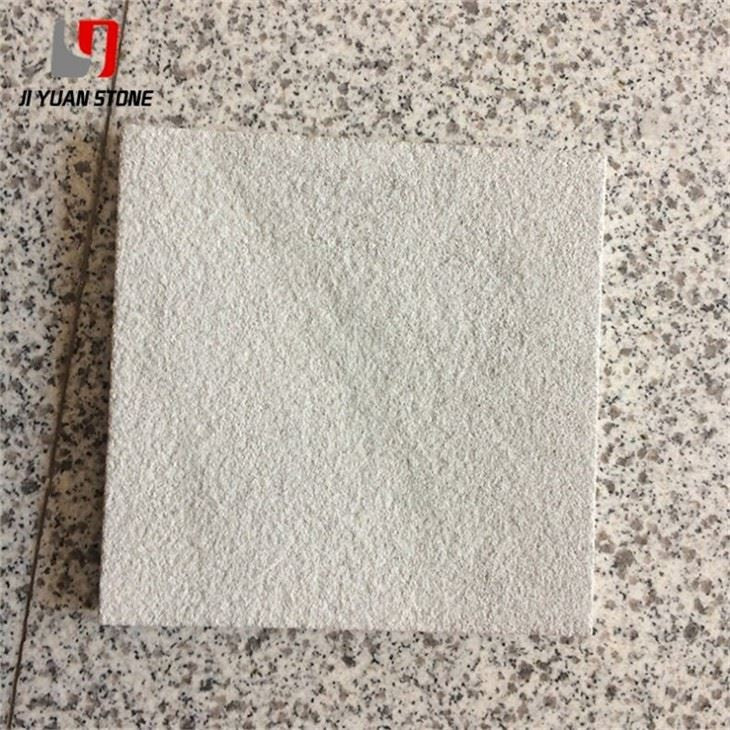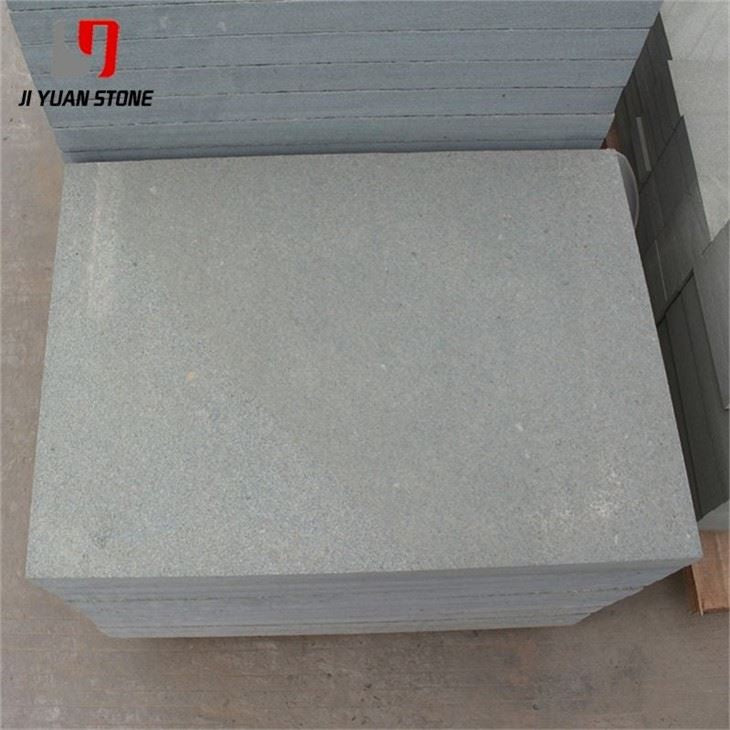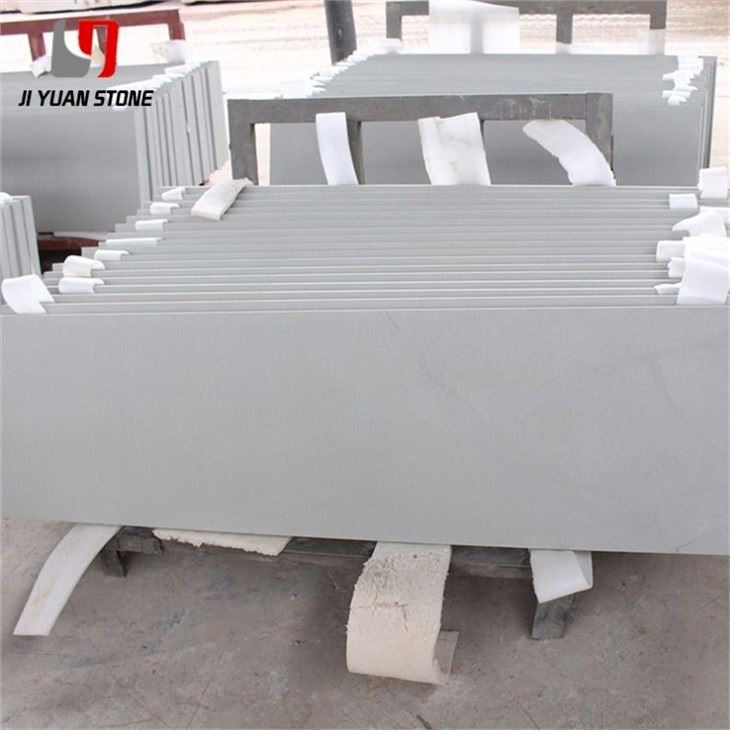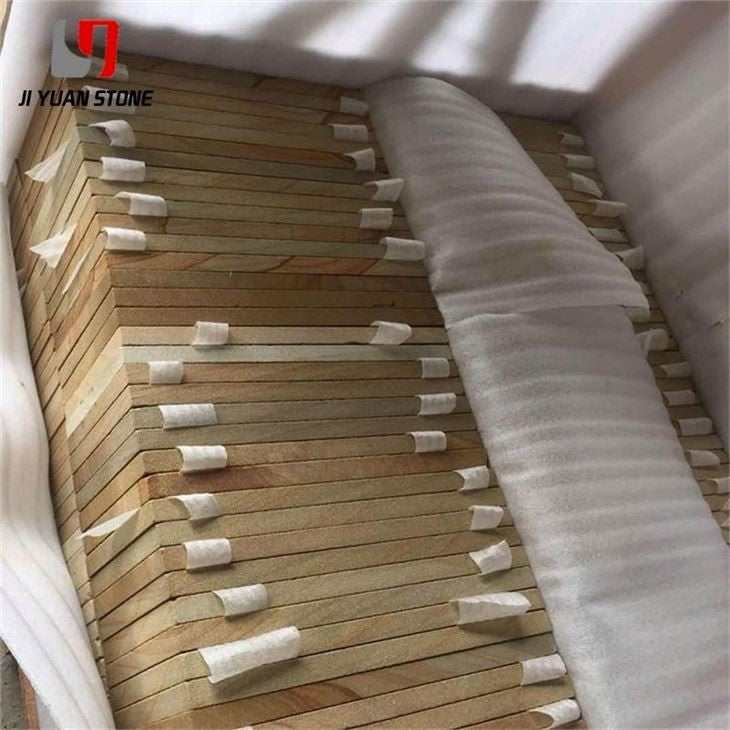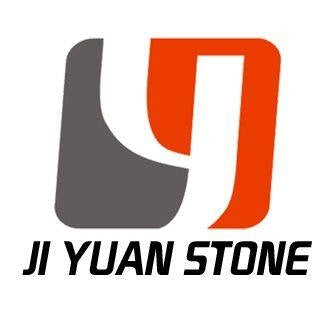Sandstone Tile Indoor
Sandstone Tile Indoor
Enhance your indoor space with our high-quality Sandstone Tile. Made from durable and natural sandstone, this tile is perfect for adding a touch of elegance to any room. With its unique texture and beautiful color variation, it will elevate the look of your home while providing long-lasting durability.
| Feature | Details |
|---|---|
| Materia | Natural Sandstone |
| Surface Finished | Honed,Flamed,Bush-hammered,Brushed,Nature,Mushroom,Sawn etc |
| Finished Products | Floor tiles, Wall cladding, Countertops, Windowsills, Special-shaped tiles, Small slabs, Swimming pool, steps, wall panel, flooring, veneers, slabs, coping tiles, etc |
| Color | Yellow,black,white,red,purple wood,green,grey,rainbow etc |
| Usage | Indoor and Outdoor |
| Size |
Standard size for tile:
|
Geological Differences Between Huangshan and Zhangjiajie
At first glance, everything about these landscapes may seem strict and precise, even paranoid in their formations. However, when analyzed geologically, their differences become clear.
Floating Mountains and Quartz Sandstone Tile Peaks
The parallel, hierarchical structure of the "floating mountains" in fiction strongly resembles quartz sandstone tile indoor peaks.
Geological Classification of Huangshan and Zhangjiajie
Huniang Geography: How do Huangshan and Zhangjiajie differ geologically?
Child Lisman: The geological origins of these two mountain ranges are completely different.
- Huangshan is primarily granite, often referred to as "Huashan rock." It is relatively young in geological terms, dating back approximately 25 million years.
- Zhangjiajie, on the other hand, consists mainly of sandstone, known as "water-shed rock," and its formation dates back at least 40 million years.
Differences in Shape: Granite vs. Sandstone Tile Indoor
Huniang Geography: How does granite differ from sandstone tile indoor in terms of shape?
Child Lisman:
- Sandstone tile indoor has a layered structure, with each layer composed of similar materials. However, different layers may contain varying substances. For example, one layer could be sandstone, while another might be mudstone.
- Zhangjiajie is mainly composed of quartz sandstone, with alternating thin layers of mudstone.
- One of Zhangjiajie’s defining geological characteristics is its flat-lying strata. The inclination of these rock layers is only about 5 degrees, making them more resistant to collapse during tectonic movements.
This distinction explains why Zhangjiajie’s landscape features towering, slender rock pillars, while Huangshan’s granite formations appear more rounded and massive.
Share
